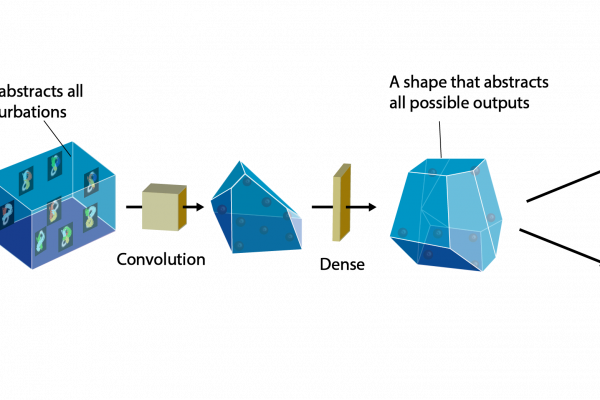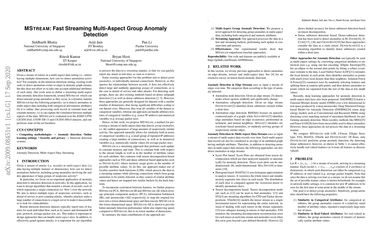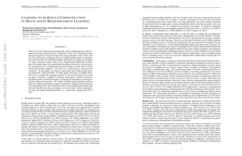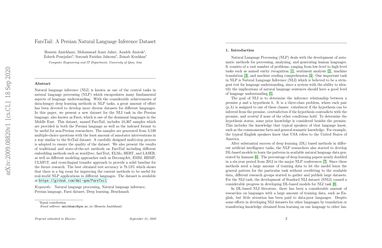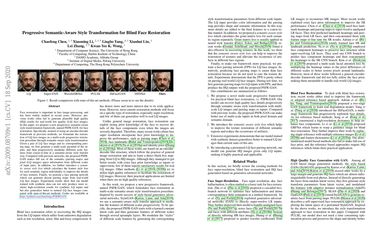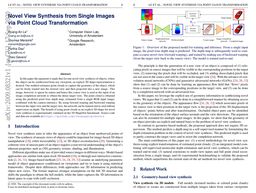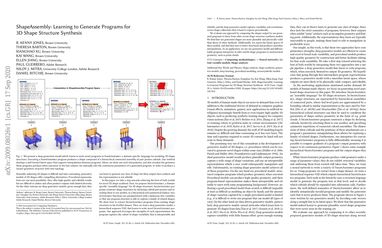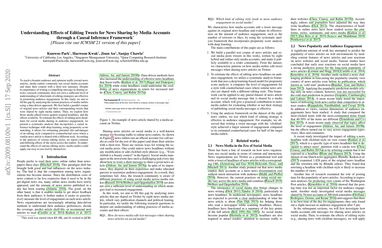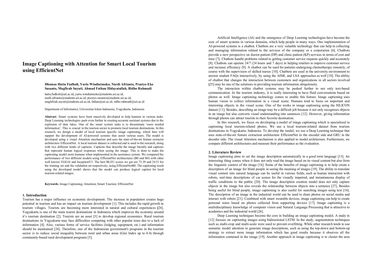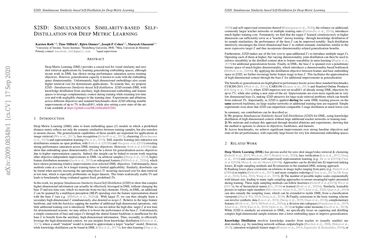Efficient Certification of Spatial Robustness
Recent work has exposed the vulnerability of computer vision models to spatial transformations. Due to the widespread usage of such models in safety-critical applications, it is crucial to quantify their robustness against spatial transformations… However, existing work only provides empirical quantification of spatial robustness via adversarial attacks, which lack provable guarantees. In this work, we propose novel convex relaxations, which enable us, for the first time, to provide a certificate of robustness against spatial transformations. Our convex relaxations are model-agnostic […]
Read more